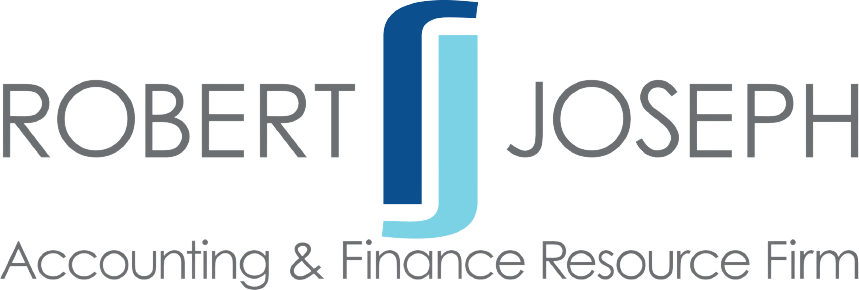Ensuring Clients Are the Right Fit for Your Firm
It might be tempting to bring on as many new clients as possible, especially in the early days of expanding your firm. However, once you have been in the industry long enough, you learn — either from personal or second-hand experience — how quickly client relationships can sour. “Red-flag” clients cost more energy and frustration than they are worth, taking time away from healthy, profitable client relationships. Therefore, it is far more prudent to be selective about the clients you bring into your customer base.
Facilitate a Thorough Consultation
During the initial conversation, the primary goal is for you and the potential client to get acquainted and begin building rapport. Focus on listening to the client and assessing their needs. If the client is a business, ask about their vision and goals, the breadth of their team and services, who you might be working closely with, and their basic accounting needs.
Investigate Their Integrity
Getting a picture of their personal and business integrity is also essential. It is appropriate to run a background check and to ask for references, such as other consultants, attorneys, bankers, and vendors. Pay attention if they come to you after a break with another CPA firm. It is wise to learn why that relationship ended. Request permission to contact their previous firm to learn about the dynamics of their relationship. Although the CPA firm can provide only limited information unless the client sends over an Internal Revenue Code Sec. 7216, the client’s response to your request might tell you all you need to know.
Obtaining client credit history and viewing their previous tax returns is also worth considering.
Gain a Clear Understanding of Their Needs
To determine if your resources can meet the potential client’s needs, you must clearly understand what they want. Ask these questions:
• What type of entity do they maintain (LLC, Sole Prop, C-Corp, or
S-Corp)?
• What type of accounts do they handle (personal, business,
savings, or charitable)?
• What kinds of leases, loans, and debts do they carry?
• How have they kept their business and personal accounts
separate?
• Do they have a business with employees and inventory?
Also, spend some time reviewing their books and creating a potential action plan for reconciling their accounts.
Taking these steps will help you assess the complexity of their account and the time required to manage it. You may find their needs fall outside your realm of expertise.
Give a Clear Understanding of What You Provide
Let clients know who you are, as well. Present a clear picture of your business culture, team, and skill set. Clarify their rights and responsibilities.
Ultimately, you want to be the right choice for them as well.
Create a Formal Process
Though it takes time to perfect the process, creating an ideal client prototype is wise. Along with your prototype, create a checklist of questions and qualifications as a plumb line for all your potential clients. While time will reveal high-risk clients, having a formal system in place will help you avoid such clients from the outset.
Before developing a customer base, you need a strong team of top-tier talent. The Robert Joseph Group can help you build your dream team, exhibiting the highest professionalism and expertise. Contact us today!
